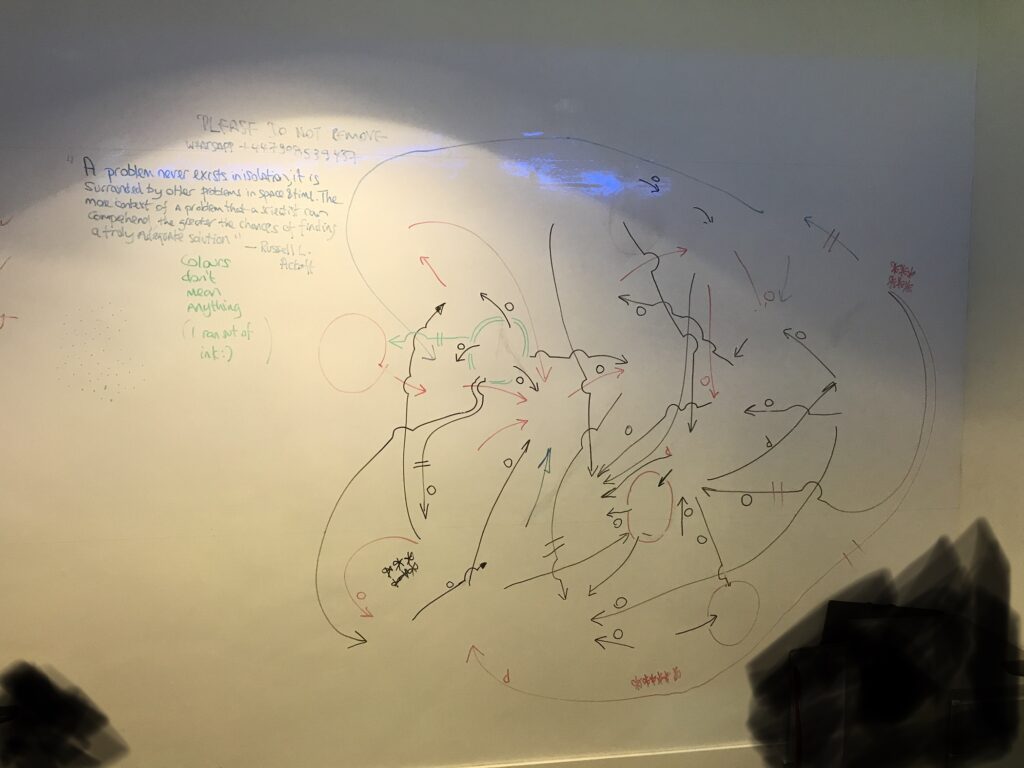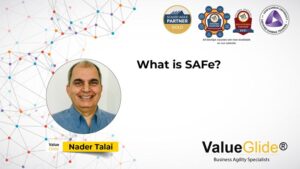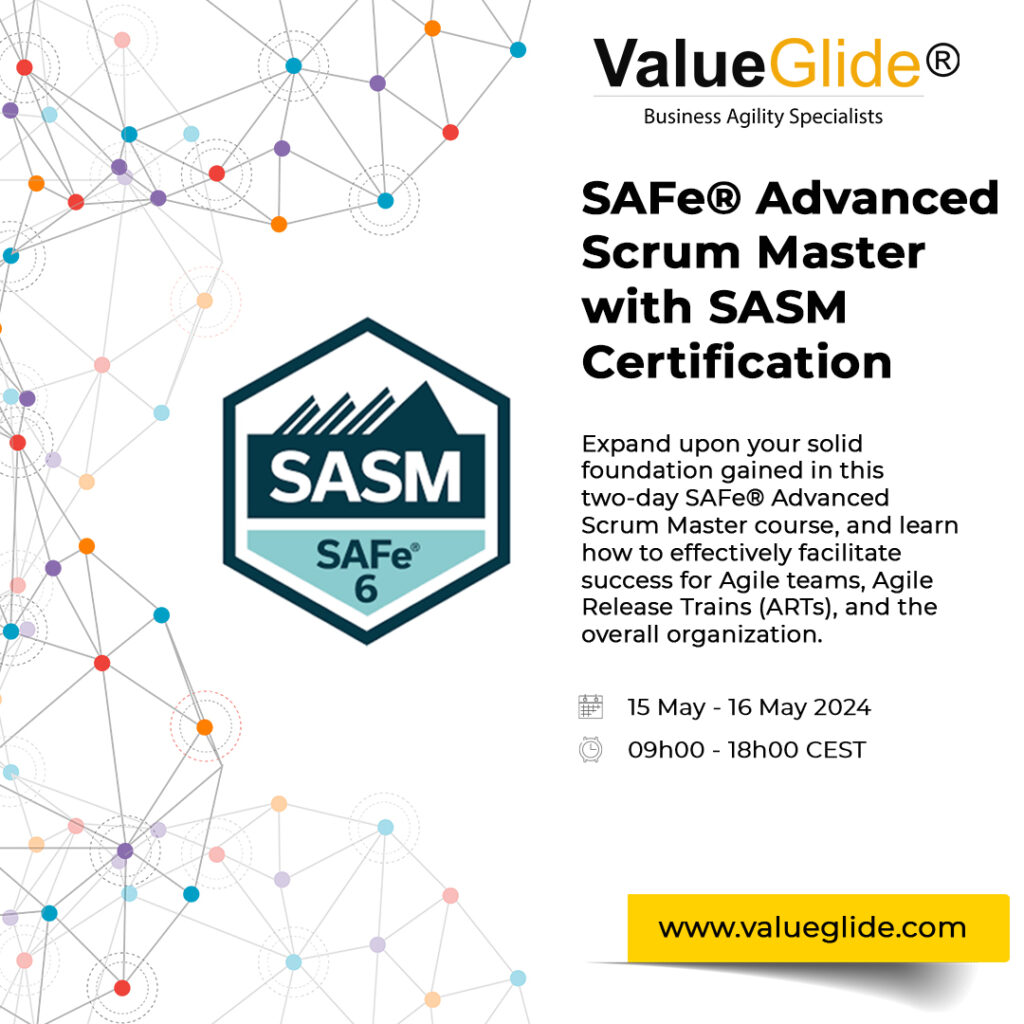In the Certified LeSS Practitioner classes by Craig Larman and Bas Vodde, system modelling is introduced.
I refer to system modelling in the sense of causal loop diagrams and stock & flow diagrams. I am a fan of both Dan Woodlock and Gene Bellinger. See sample videos below.
Context is everything, and I like to agree on the context before starting.
Rather than go full steam ahead Dan Woodlock style with supporting spreadsheets (which I value a lot), in LeSS we like to use system models as a tool for dialogue with the objective of attaining a common understanding of “the system”. One could argue we never truly understand the system and I go along with that. But we can still periodically improve our understanding of it.
I like to model the impact on the number of implicit product backlogs, e.g. the use of “filters” on Jira so instead of a single backlog we really have many. I like Julie Wyman’s post “how to create a system model” and I don’t think I can do a better job.
Gene Bellinger introduced me to kumo.io and https://insightmaker.com/. With colleagues, I came up with pretty wild system models on those tools, adding more understanding every time I walked someone through the collective understanding so far. It helped me to convince a top procurement person to consider alternative contract types as per http://agilecontracts.org/. One should not ask people to review a system model by email. There is a social dynamic.
A much better way than using electronic tools, is using markers and a whiteboard. To protect the innocent, in this photograph I removed the variables and stocks. In this example, people from 5 different countries who never met 10 days previously, modelled (under my coaching) a problem, a problem that was decades old. We discovered a potential solution in one hour. We weren’t even using Scrum, it was more like a kaizen event, supported by Toyota Kata, story mapping, and system modelling.

I would argue that sometimes, at retrospectives maybe the best thing we can do is to try to better understand “the system”, and for that system modelling seems like a very good approach to me. I appreciate that the way we do this in LeSS is not as scientific from a system dynamics point of view, but it’s still very useful. And there is nothing stopping you from going further. If you do that I highly recommend you look into the full Youtube series by Dan Woodlock.












